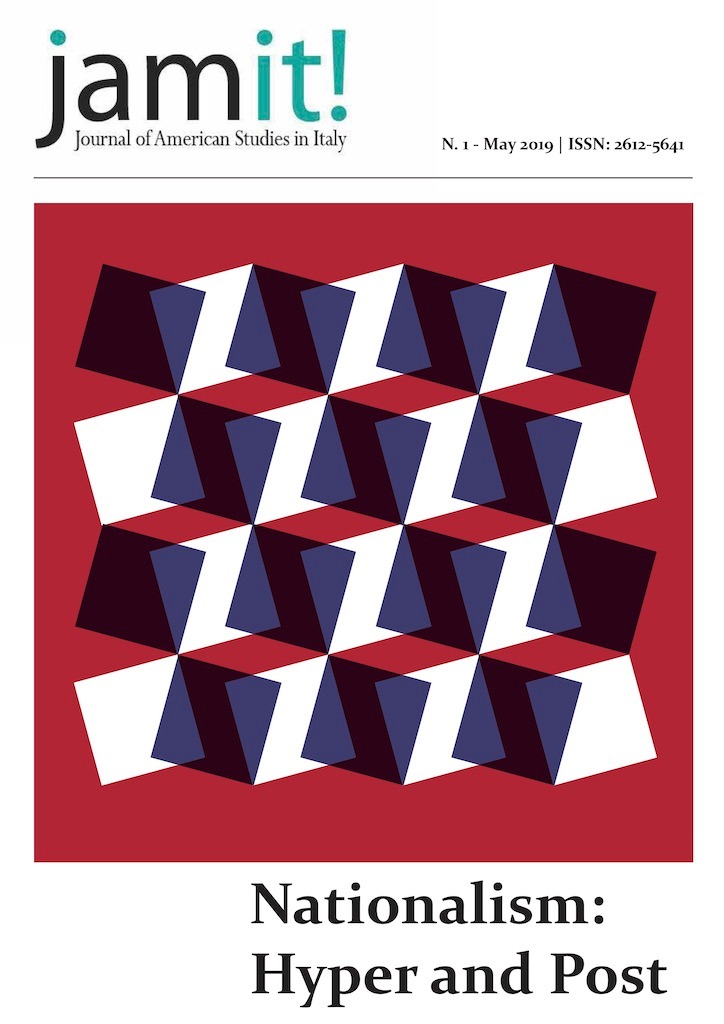Darkest Italy Revisited: American Hyper-Nationalism and the Making of the “Criminal Immigrant”. From the Age of Thomas Jefferson to the Rise of Donald J. Trump, 1776-2018
DOI:
https://doi.org/10.13135/2612-5641/2929Palabras clave:
Transnationalism, Grand Tourism, Immigration, Criminality, Ethno-Racial FormationResumen
Since taking the oath of office in January 2017, the controversies surrounding President Trump’s stance on immigration and the U.S.-Mexico border continue to make headlines and change lives. At stake in contemporary debates about Mexican immigration to the US are fundamental questions about American national identity and the United States’ role in the wider world: What is an American? Who can become one and how?
As it turns out, xenophobia, hyper nationalism and charges of foreign criminality constitute a tradition in US politics that is as old as the republic- and as American as apple pie. Nowhere is this more evident than in the history of Southern Italian immigration to the United States prior to 1924.
Tracing Americans’ ideas about Italians’ “national character” from 1776- 1865, this paper examines the perceptions and debates that defined American encounters with the first immigrants identified as a “criminal group” inside the United States: Italians. Comparing the views of critics and defenders of Italian’s alleged criminality alike, including Presidents Thomas Jefferson and Andrew Jackson, as well as novelists Washington Irving, Henry T. Tuckerman and Theodore Dwight, my work shows that a spectrum of opinion about Italy and the “Italian character” existed in the United States before the Civil war and that these ideas left a lasting legacy with measurable effects on American culture, foreign policy and immigration law through 1924. The essay concludes by reflecting on contemporary debates about immigration policy, the US-Mexico border and Trump-era discourse on the “character” of Mexicans and Mexican-Americans against the backdrop of Italian immigration to America in the late nineteenth and early twentieth centuries.
Descargas
Publicado
Número
Sección
Licencia
Authors who publish with this journal agree to the following terms:
- Authors retain the copyright and full publishing rights for their submissions to the journal.
- Authors grant the journal right of first publication with the work simultaneously licensed under a Creative Commons Attribution-NonCommercial-NoDerivatives 4.0 International License that allows others to share unedited work for non-commercial purposes with an acknowledgement of the work's authorship and initial publication in this journal.
- Authors are able to enter into separate, additional contractual arrangements for the non-exclusive distribution of the journal's published version of the work (e.g., post it to an institutional repository or publish it in a book), with an acknowledgement of its initial publication in this journal.
- Authors are permitted and encouraged to post their work online (e.g., in institutional repositories or on their website) prior to and during the submission process, as it can lead to productive exchanges, as well as earlier and greater citation of published work (See The Effect of Open Access).





